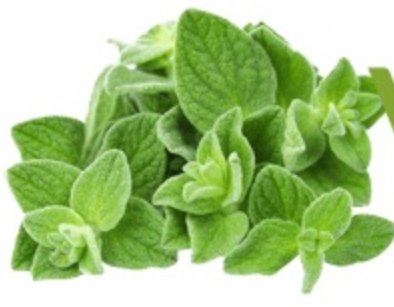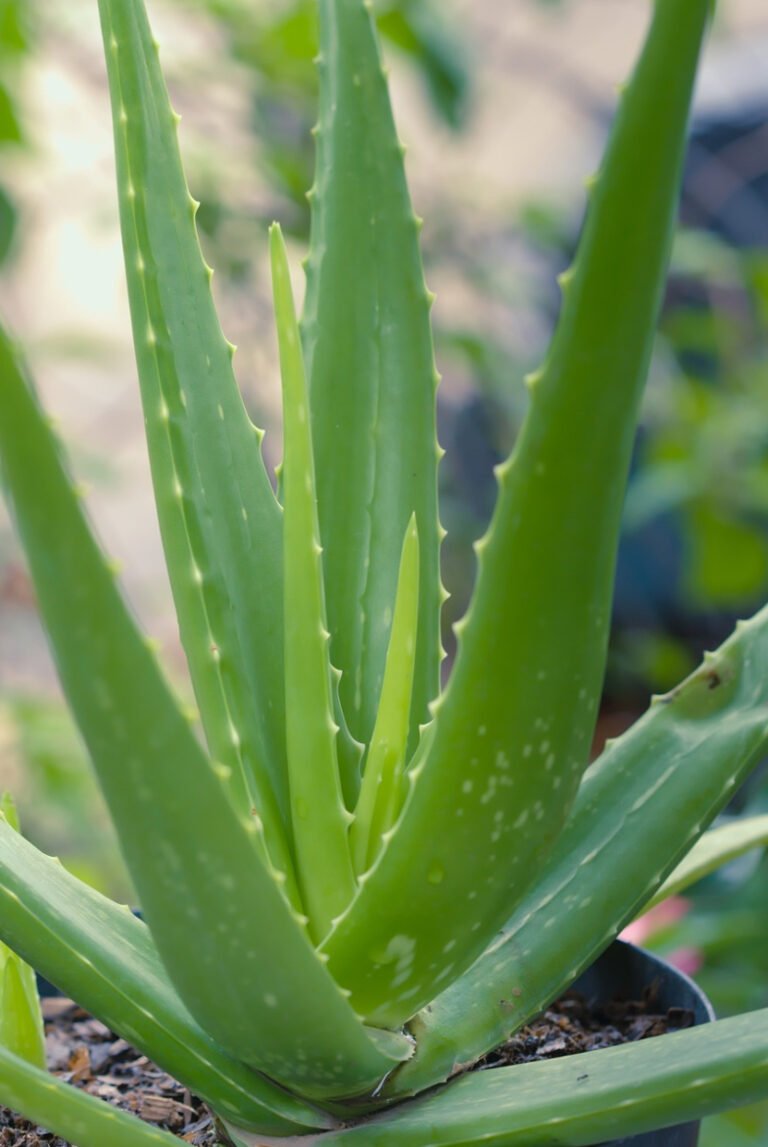When and how can we plant and care for Snake Plant (Sansevieria)?


Key Points for Planting and Caring
- Plant indoors any time or outdoors in spring/summer in warm zones.
- Use well-draining soil and containers with drainage.
- Water sparingly; allow soil to dry between waterings.
- Provide indirect sunlight and avoid extreme temperatures.
- Fertilize during the growing season; prune damaged leaves.
- Keep indoors in cold climates; avoid frost.
- Watch for pests and root rot, and propagate by division or cuttings.
When to Plant?
- Indoor: Snake plants can be planted indoors at any time of the year.
- Outdoor: In warm climates (USDA zones 9-11), they can be planted outdoors in spring or early summer when the risk of frost has passed.
How to Plant?
- Location: Snake plants prefer bright, indirect light but can tolerate low light. Outdoors, choose a shaded or partially shaded spot.
- Soil Requirements: Use well-draining, sandy soil. A cactus or succulent potting mix is ideal, as it prevents water from accumulating around the roots.
- Container Planting: When planting indoors or outdoors in a container, ensure it has drainage holes to avoid root rot. Choose a pot that allows room for growth, but is not too large, as Snake plants grow slowly.
- Planting & Preparing:
- Fill the container or garden hole with well-draining soil.
- Plant the snake plant so the base of the plant is level with the top of the soil. Avoid burying the leaves.
- Water lightly after planting to help the roots settle but avoid overwatering.
How to Care?
- Watering: Water sparingly. Allow the soil to dry out completely between waterings, as the snake plant is prone to root rot from overwatering. In winter, water is even less frequently.
- Sunlight: Provide bright, indirect sunlight. Snake plants tolerate low light but thrive in medium to bright light. Avoid direct sunlight, which can scorch the leaves.
- Temperature: Ideal temperatures are between 70°F and 90°F (21-32°C). Avoid temperatures below 50°F (10°C) as they are sensitive to frost.
- Fertilizing: Apply a balanced, slow-release fertilizer during the growing season (spring and summer). Fertilize once a month but skip during fall and winter.
- Pruning: Trim dead or damaged leaves by cutting them at the base. Pruning helps keep the plant healthy and encourages new growth.
How in a Cold and Warm Climate
- Cold Climate: In cold areas, snake plants should remain indoors, as frost can damage them. Keep them in a warm spot, away from drafts and windows that might get too cold.
- Warm Climate: In warm areas, snake plants can be planted outdoors or in containers that can be brought inside during cold months. They are resilient to higher temperatures but should be shaded from intense afternoon sun.
Pests and Diseases
Snake plants are relatively pest-resistant but can occasionally attract:
- Pests: Watch for mealybugs and spider mites. Remove pests with a damp cloth or treat with insecticidal soap if needed.
- Diseases: Root rot is the most common problem, caused by overwatering. Ensure soil is well-draining and containers have drainage holes.
Harvesting
Snake plants do not have a traditional “harvest” but can be propagated by:
- Leaf cuttings: Place cuttings in water or soil until new roots develop.
- Division: Split mature plants into sections, each with roots, and replant them.
Key Points for Planting and Caring
- Plant indoors any time or outdoors in spring/summer in warm zones.
- Use well-draining soil and containers with drainage.
- Water sparingly; allow soil to dry between waterings.
- Provide indirect sunlight and avoid extreme temperatures.
- Fertilize during the growing season; prune damaged leaves.
- Keep indoors in cold climates; avoid frost.
- Watch for pests and root rot, and propagate by division or cuttings.
Snake plants are hardy and low-maintenance, making them a great choice for beginners.




